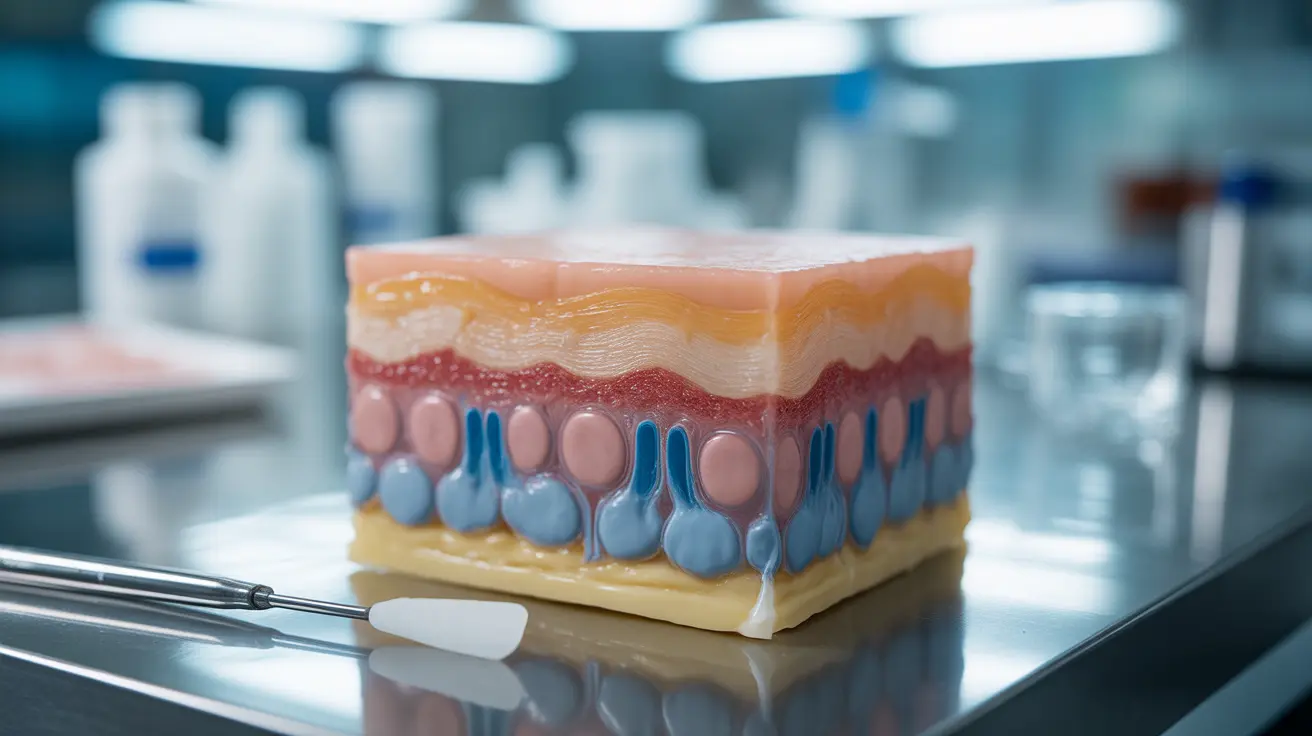Chemical face peels have become increasingly popular in skincare routines, offering transformative benefits for various skin concerns. Whether you're dealing with acne scars, uneven texture, or signs of aging, understanding when and how to incorporate face peels into your skincare regimen is crucial for achieving optimal results.
In this comprehensive guide, we'll explore the key indicators that suggest it's time for a face peel, what to expect during treatment, and essential aftercare tips to ensure the best possible outcome.
Signs You're Ready for a Face Peel
Several skin conditions and concerns might indicate that a face peel could be beneficial for your skincare goals:
- Persistent acne marks or scarring
- Uneven skin tone or hyperpigmentation
- Visible fine lines and wrinkles
- Rough or textured skin surface
- Dull, lackluster complexion
- Large, visible pores
- Sun damage or age spots
Understanding Face Peel Treatments
Types of Face Peels
Face peels come in various strengths and formulations, each targeting specific skin concerns:
- Superficial peels (using alpha-hydroxy acids)
- Medium-depth peels (using trichloroacetic acid)
- Deep peels (using phenol)
How Face Peels Work
Chemical peels function by carefully removing damaged outer layers of skin, promoting cell turnover and stimulating collagen production. This process helps improve skin texture, reduce scarring, and diminish signs of aging.
The Treatment Process
Before the Procedure
Proper preparation is essential for optimal results:
- Avoid retinoids for 48-72 hours before treatment
- Skip exfoliating products for several days
- Inform your provider about any medications
- Discuss your skin concerns and expectations
During the Treatment
The actual peel procedure typically involves:
- Thorough cleansing of the skin
- Application of the peel solution
- Monitoring for appropriate reaction time
- Neutralization or removal of the solution
- Application of soothing agents
Recovery and Aftercare
Post-peel care is crucial for achieving the best results and minimizing complications:
- Keep skin hydrated with recommended products
- Avoid direct sun exposure
- Use broad-spectrum SPF daily
- Follow specific aftercare instructions
- Be gentle with your skin during healing
Treatment Frequency Guidelines
The frequency of face peels depends on several factors:
- Superficial peels: Every 2-4 weeks
- Medium peels: Every 3-6 months
- Deep peels: Once every few years
- Individual skin type and concerns
- Treatment goals and response
Frequently Asked Questions
What are the signs that show it's time to get a face peel? Signs include persistent acne scarring, uneven skin tone, visible fine lines, rough texture, dull complexion, and enlarged pores. If traditional skincare isn't addressing these concerns effectively, it might be time for a face peel.
How does a chemical face peel improve acne scars and fine lines? Chemical peels work by removing damaged skin layers and stimulating collagen production. This process helps fade acne scars by promoting new cell growth and reduces fine lines by encouraging skin renewal and collagen synthesis.
What can I expect during and after a face peel treatment? During treatment, you may feel a tingling or burning sensation. Afterward, expect some redness, peeling, and sensitivity lasting several days to weeks, depending on peel strength. Results typically become visible as the skin heals.
How often should I get a face peel for best results without causing skin damage? Frequency depends on the type of peel and your skin's needs. Light peels can be done every 2-4 weeks, while medium peels require 3-6 months between treatments. Deep peels should only be performed occasionally.
What are the risks and aftercare tips to keep in mind after a chemical peel? Risks include redness, irritation, and potential scarring if not properly cared for. Key aftercare tips include: avoiding sun exposure, using gentle skincare products, keeping skin moisturized, and following all post-treatment instructions from your provider.




